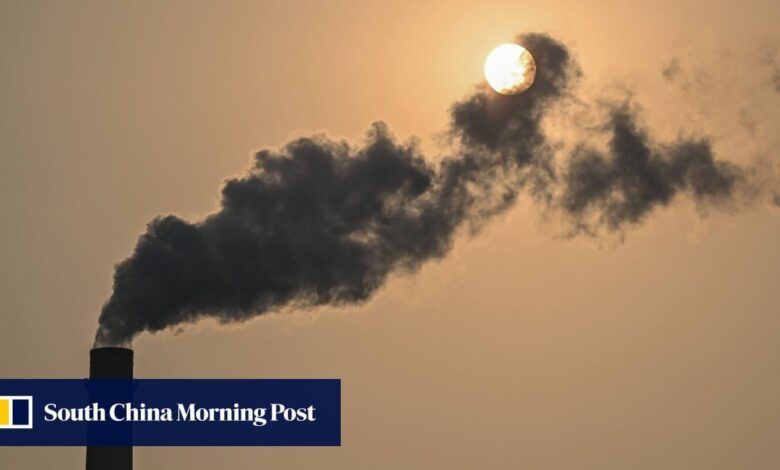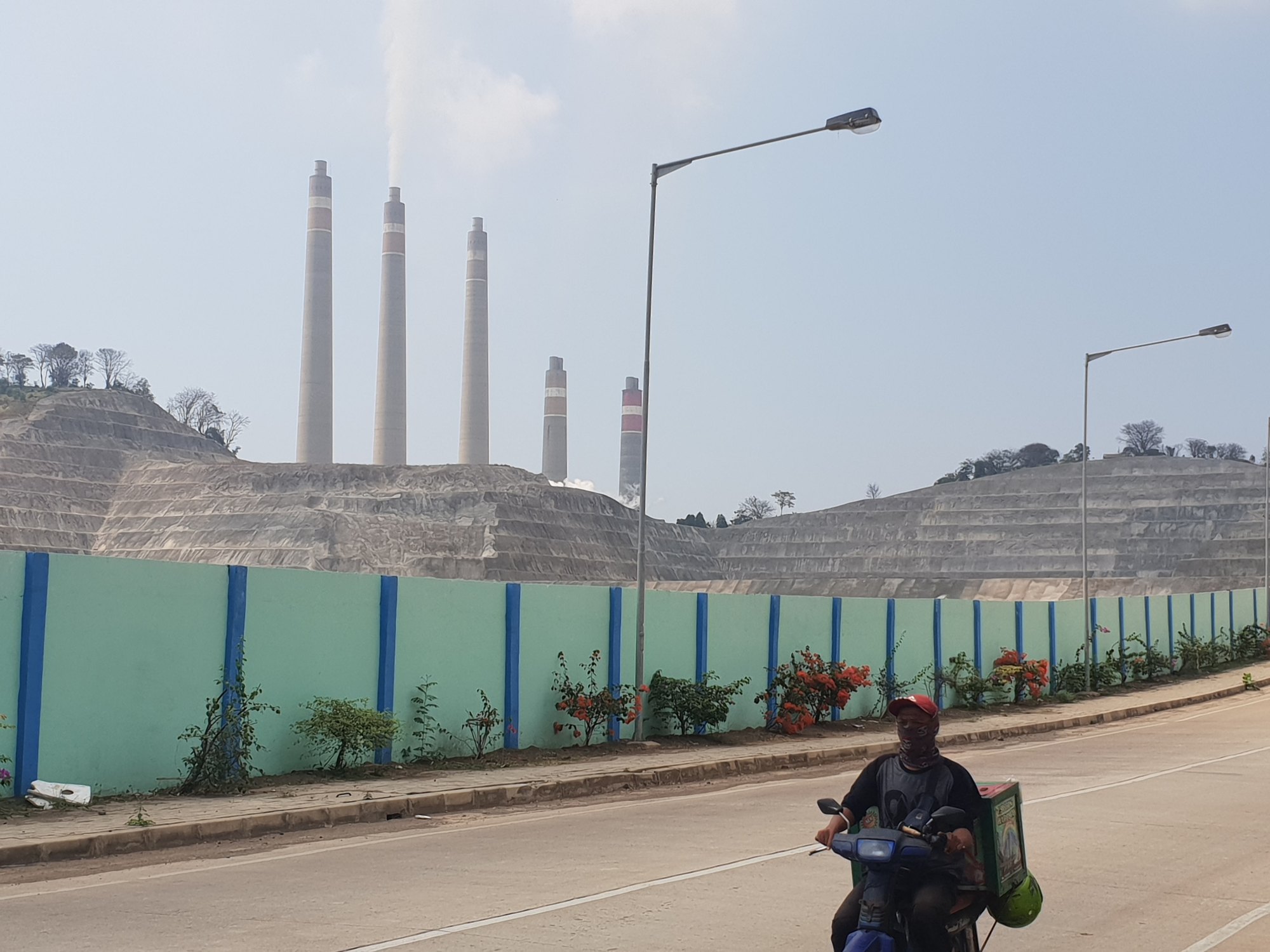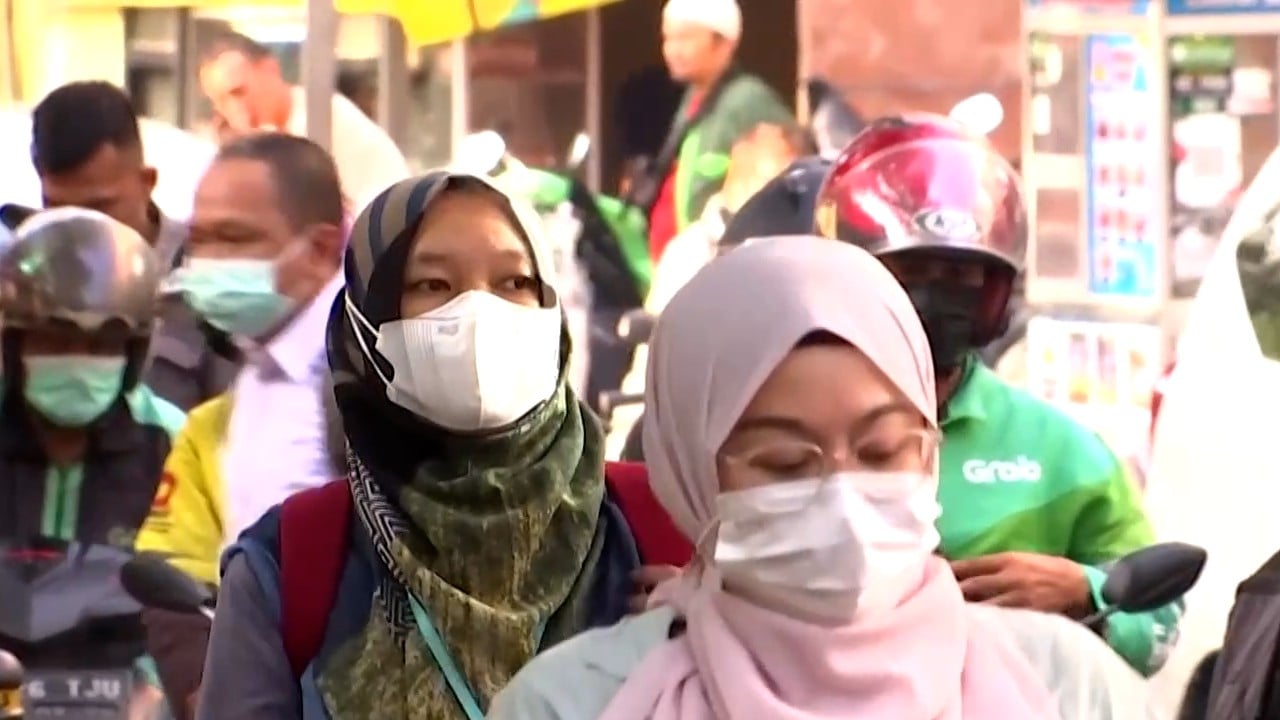Indonesia could save US$1 billion in health costs by controlling Suralaya coal plant emissions, study finds

[ad_1]
Indonesia could save US$1 billion in health costs by controlling Suralaya coal plant emissions, study finds
Using the best available technology to control the emissions from the Suralaya complex would net the country as much as 14.7 trillion rupiah (US$960 million) in savings annually, while just enforcing national emission limits would save up to 2.6 trillion rupiah, according to the Centre for Research on Energy and Clean Air, or CREA.
Jakarta has been suffering the world’s worst air pollution in recent weeks. Officials are at odds over whether to point the blame on motor vehicles or coal plants, especially Suralaya due to its size and proximity to the city.

That disagreement has led to a jumbled policy response that ranges from work-from-home requirements, spraying water on the streets, giving out seedlings and weighing a pollution tax.
Suralaya, owned by state electricity firm Perusahaan Listrik Negara, is one of the biggest coal power complexes in the country with 6,000 megawatts of capacity once it’s fully completed. Its emissions spread some 100 kilometres eastward to Jakarta, home to over 10 million people, contributing to “one of the most serious air pollution crises on the planet,” said CREA.
A representative for PLN didn’t immediately respond to requests for comment.
“The government of Indonesia should take more serious measures to tackle emissions from coal plants,” said Jamie Kelly, air quality analyst at CREA, in a statement.
“It is very important to enforce compliance with standards, implement best available technology, and ultimately replace them with renewable sources of energy as soon as possible.”

[ad_2]
Source link






